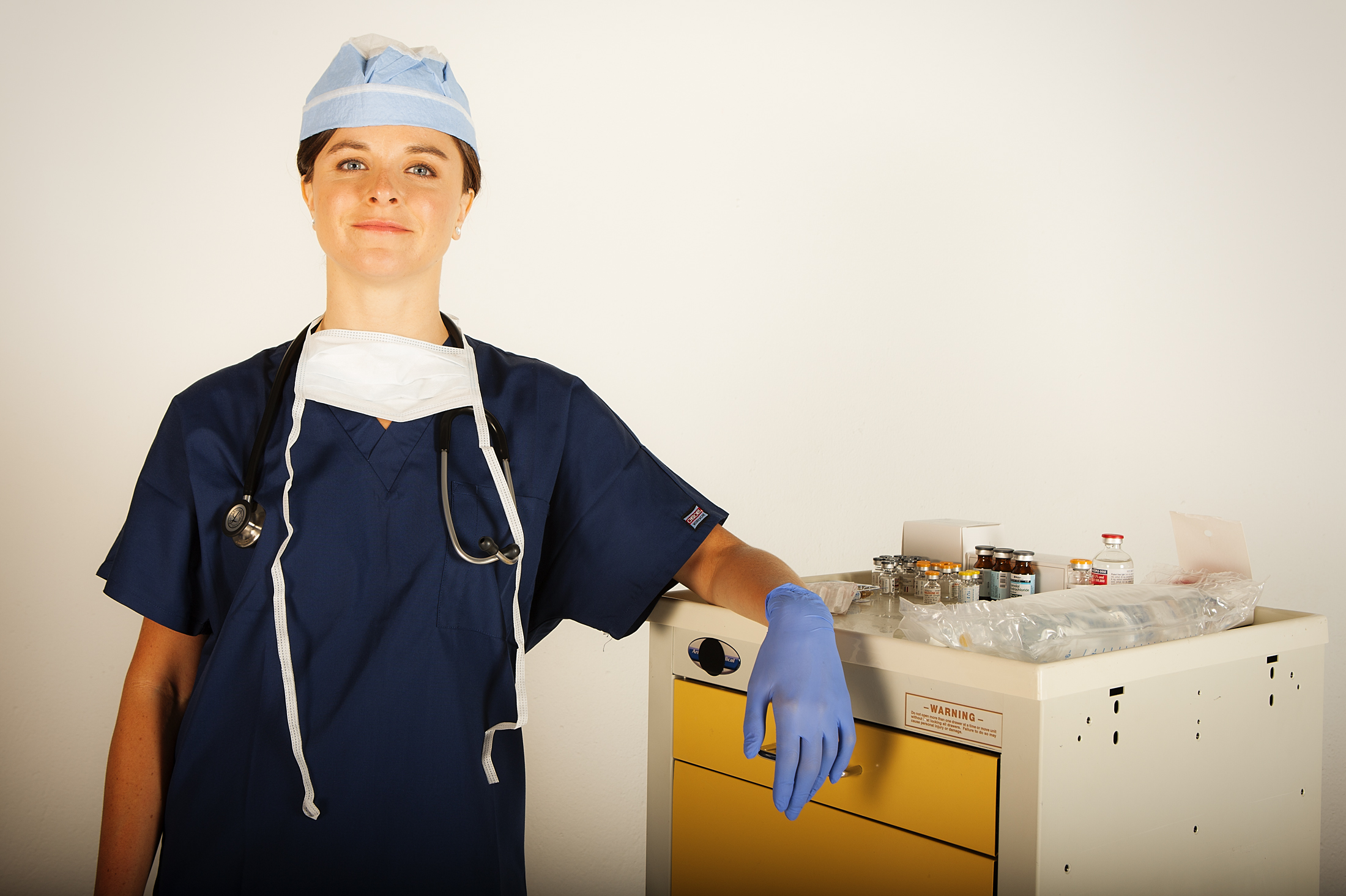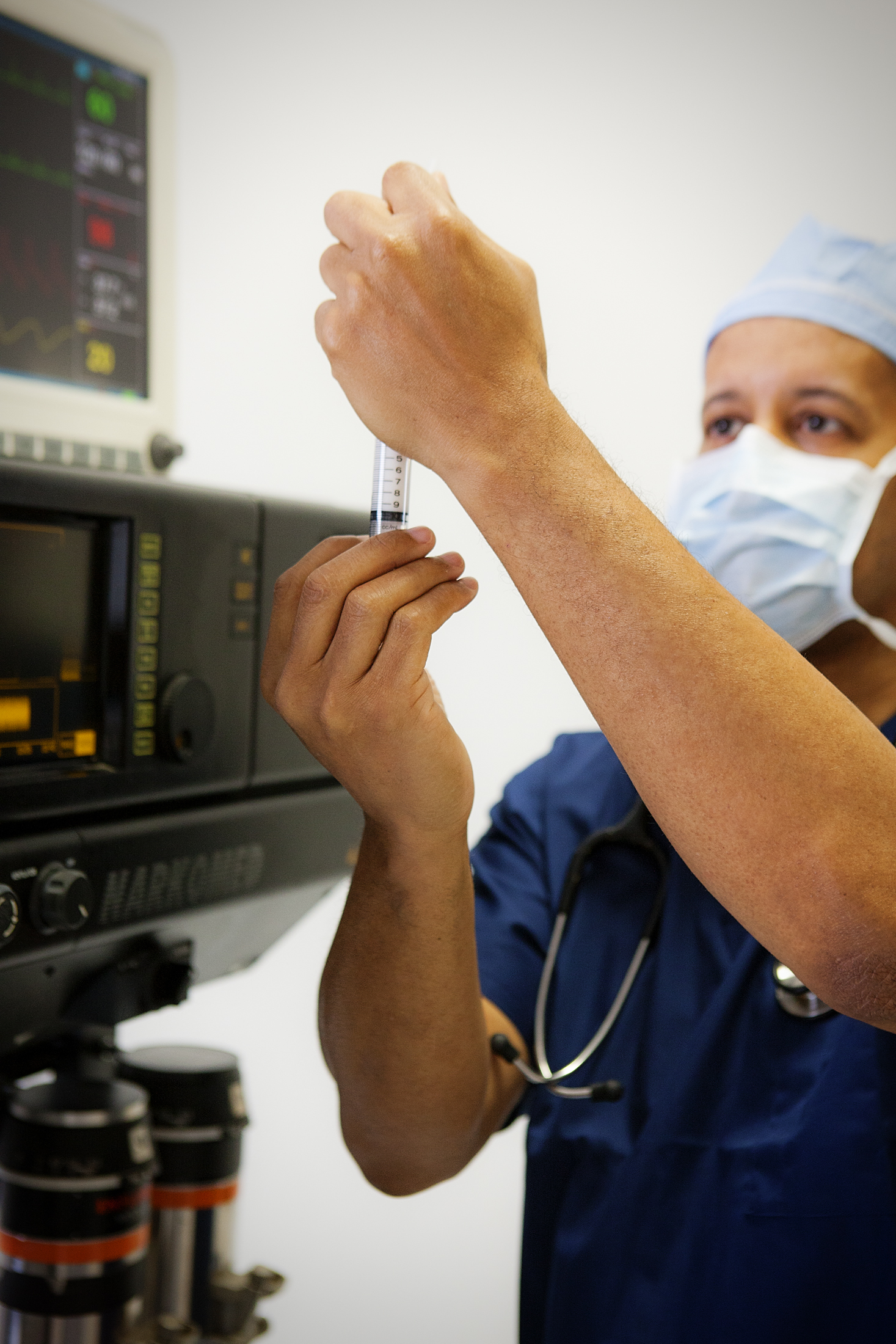
Perhaps few other medical disciplines are as reliant upon, and willing to adapt to, technology in the name of advancing patient health and safety as is anesthesiology. Anesthesiologists use the anesthesia workstation to not only safely and properly deliver gases and inhalants, but also for patient monitoring. Given the important role that the anesthesia machine plays in the delivery of anesthesia services, patient safety is dependent upon keeping these machines in safe working order. Sometimes, however, anesthesia machines are rendered obsolete – meaning they are no longer considered safe for patient use. But determining whether a particular machine is obsolete and what to do about it can be confusing.
The America Society of Anesthesiologists (ASA) has established recommended guidelines for determining anesthesia machine obsolescence. Patient safety is the primary goal for the anesthesiologist, and for this reason it is imperative that the provider have confidence in the anesthesia machine. Importantly, age of the machine alone does not provide a good indication of whether it is obsolete and unsafe to use. Rather, a machine is rendered obsolete when essential components wear out and cannot be replaced, when it is missing certain safety features, or when it is no longer compatible with current medical practice standards. The ASA guidelines look to the presence or absence of certain criteria in determining anesthesia machine obsolescence.
Absolute Criteria
According to ASA guidelines, the presence or absence of certain features will render a machine obsolete. This means the machine should no longer be used for patient care. Absolute criteria can be broken down into three main categories: lack of essential safety features, presence of unacceptable features, or adequate maintenance is no longer available.
- Lack of essential safety features.
Anesthesia has inherent risks, but many of these can be minimized when there are standardized safety features present on anesthesia machines. For this reason, the lack of those essential safety features that prevent a mishap with gas and anesthesia vapor levels will render the machine obsolete. For instance, if the machine is missing an oxygen failure safety (“fail-safe”) device, is missing a minimum ratio device (nitrogen/oxygen (N2O/O2 proportioning system), or oxygen supply pressure alarm, the machine must be rendered obsolete. The guidelines list other key features that must be present if the machine is to be considered safe for patient use.
- Presence of unacceptable features.
Just as the absence of some features makes the machine obsolete, so will the presence of other features deemed unsafe or unacceptable. Many unacceptable features involve the vaporizers on the machine. First, because they are no longer manufactured and therefore are typically unserviceable, measured-flow vaporizers are no longer acceptable on anesthesia machines. Additionally, in an effort to ensure uniformity among machines, all machines with vaporizers that have rotary concentration dials must increase vapor concentration only when the dial is turned counterclockwise. If your machine’s rotary concentration dial increases vapor concentration with a clockwise turn, it should not be used (unless the dial can be replaced). You can review other unacceptable features that the ASA points out here.
- Adequate maintenance is no longer possible.
Regular maintenance of the anesthesia machine is key to ensuring patient safety. Generally, an anesthesia machine will be rendered obsolete if the manufacturer or certified service personnel is unwilling or unable to service the machine with acceptable replacement parts. Notably, it can be difficult to obtain acceptable replacement parts, particularly when the machines are no longer manufactured. Hospitals and providers should be aware that when a manufacturer determines that it will no longer service a particular machine, the responsibility transfers to the healthcare facility or the third party.
Relative Criteria
Unlike absolute criteria, the presence of “relative criteria” does not mandate that a machine be replaced; only that it might need to be replaced.
- Lack of certain safety features
If certain features are lacking, or are inappropriate, the machine may be obsolete. This includes the lack of an adjustable pressure-limiting (APL) valve or the lack of an airway pressure alarm. In addition, there should not be any oxygen flow control knob that is smaller than other flow control knobs. The ASA recommends that the machine needs to have a main power switch and an anti-disconnection device at the fresh gas outlet (because, depending on the model used, the disconnection of the fresh gas hose may not be immediately noticeable).
- Problems with maintenance
A machine that has a history of mechanical problems or frequent service demands may be considered obsolete if it is threatening patient safety. Maintenance logs should be filled out and reviewed regularly to determine whether any machine is having recurrent problems that could be affecting anesthesia services or patients.
- Potential for human error
The potential for human error is a real threat to patient safety, particularly if there are inconsistencies between machines being used by the provider. For instance, if features such as an alarm are present on one machine, but not on another, the user can become confused and the likelihood of operator error increases. It is recommended that anesthesia providers consider standardization of machines throughout their institution and/or practice.
- Inability to meet practice needs
Finally, a machine may be rendered obsolete by virtue of it no longer being able to meet changing practice requirements. This may occur when an older machine cannot accept newer inhaled volatile agents or when it cannot meet the standards of current anesthetic techniques.
What to do with an obsolete machine?
If a machine is determined to be obsolete, remove the machine from any place in which it might be used clinically. Obsolete anesthesia machines can be destroyed, or possible donated for different use (for example, to a zoo, laboratory or even developing country). Because there may be legal liability related to the donation of these devices, it is always a good idea to seek legal advice before making any charitable donation of obsolete machines.

